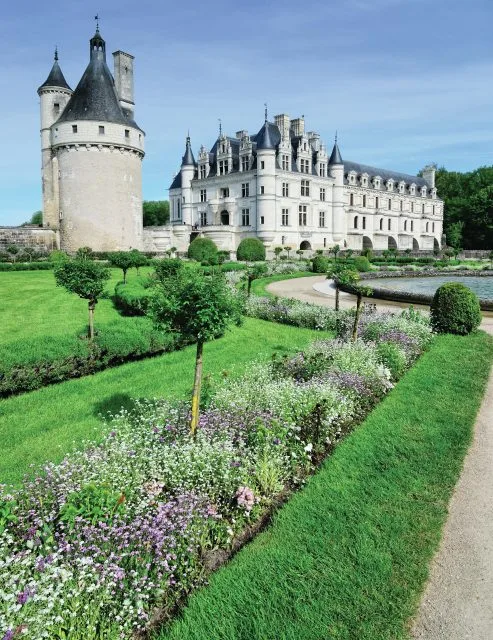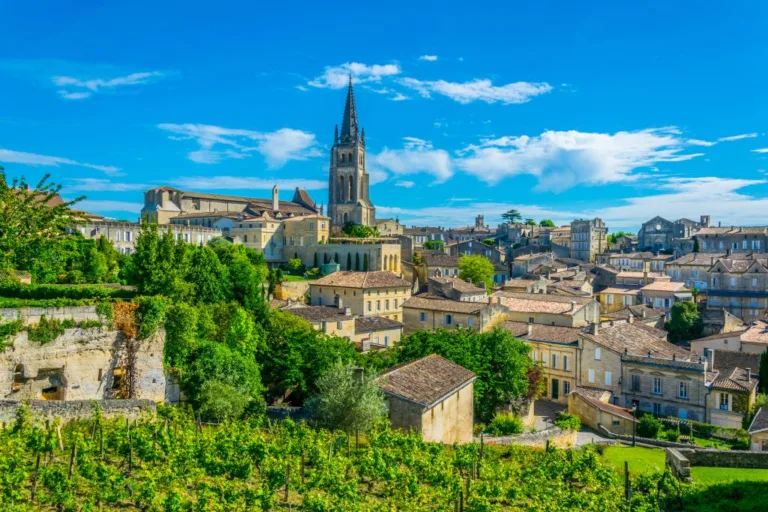The French wine industry has endured a turbulent ride recently, from surplus stock issues to climate-affected harvests. Jessica Mason finds out how it has learned to adapt. France, like many markets, continues to face the ongoing challenges of world events. It would be fair to say that the French winemaking regions have also dealt with market volatility with a deft amount of composure. Explaining the headwinds the sector has faced during the last 12 months, Olivier Legrand, directeur général & marketing at Conseil Interprofessionnel des Vins du Languedoc (CIVL), admits that “market volatility has been particularly high”, which can largely be attributed to “the complexity of the commercial situation being exacerbated by the increasing number of weather-related incidents having a lasting impact on the region’s production potential”. Indeed, to move forwards, French winemakers have needed to stay flexible and focused. Following the announcement in August that the French Agriculture Ministry would spend €200 million destroying the wine surplus to help producers as consumer demand waned, many queried how the affected regions might come back from such a blow. According to Denis Guthmuller, president of the Syndicat Général des Vignerons des Côtes du Rhône: “Since the end of 2019, a series of events has shaken the economy of the Côtes du Rhône appellation and the entire industry. The wine sector was already subject to turbulence on the domestic market, particularly concerning red wines, due to a trend towards reduced consumption.” Just when the cost of living crisis and the
This Article was originally published on The Drink Business - Wine





